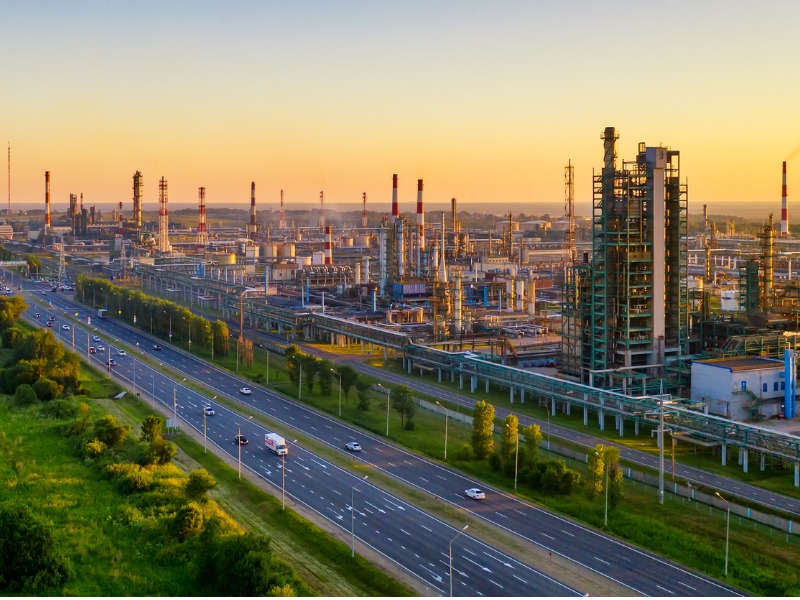
Global oil prices retreated sharply in the second half of 2022, helping ease inflationary pressure, but prices are expected to remain volatile in the year ahead, says Moody’s Investors Service.
In a new report, the rating agency said that in early 2023, Brent crude oil prices declined to around US$80 per barrel (bbl), down by about 33% from well over $120/bbl in mid-2022, “despite global supply constraints” and the impact of sanctions on Russia.
The decline in prices came as rising recession risks in the U.S. and Europe weighed on demand, as did ongoing Covid-related restrictions in China. These factors outweighed the supply factors in the second half.
For the year ahead, global oil prices are expected to remain highly volatile, the report said.
Moody’s said that the trajectory for oil prices this year “remains uncertain and depends on economic outcomes in major economies.”
While slowing demand due to weaker growth should ease price pressures, ongoing supply constraints will support prices, it noted.
“The uncertainty about growth in oil demand in Europe, the U.S. and emerging markets is unusually high and risks to oil prices are in both directions,” the report said.
For instance, if economic weakness deepens in China, Europe or the U.S., “oil prices may weaken well below current levels,” it said.
“Alternatively, economic resilience in the U.S. and Europe, coupled with stronger-than-expected post-Covid growth in China, would support higher prices.”
Additionally, the recent shift in China’s approach to Covid-19 could drive a rebound in economic activity that “may bring a rapid if uneven recovery in demand, causing price volatility,” it said.
The other key driver is supply constraints, the report noted.
“Global spare capacity is limited and concentrated in Saudi Arabia and Russia, and is low elsewhere,” it said.
“Should demand for oil rebound, say when China’s transportation demand picks up, oil prices may rise abruptly to mid-2022 levels because supply will not be able to adjust quickly to the recovery in Chinese demand,” it added.
Conversely, if weak demand produces a decline in prices below $70/bbl, Moody’s expects “a swift reduction in supply, causing a rebalancing at higher price levels.”
“Falling prices should also accelerate efforts to rebuild depleted inventory globally, including the U.S. Strategic Petroleum Reserve, which would support price recovery,” it added.
Amid the expected volatility and uncertainty, Moody’s said that it expects average crude oil prices this year to “remain below last year’s $100/bbl average for international Brent benchmark, but exceed our medium-term oil price range of $50-$70/bbl.”